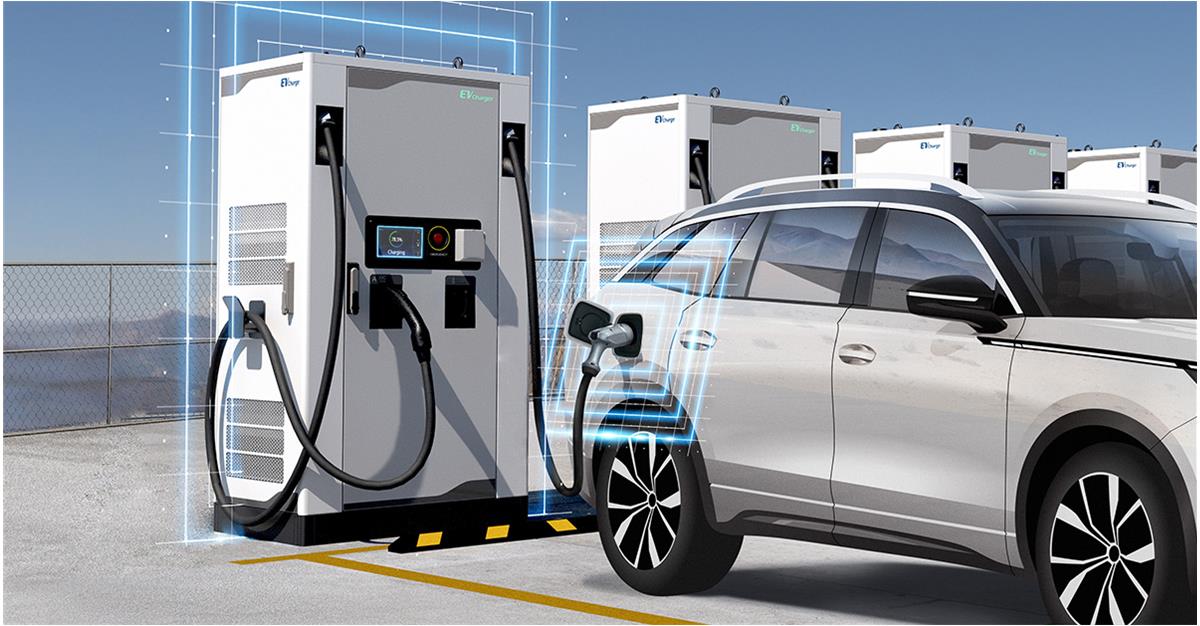-
Maximizing Power Conversion and Motor Control Efficiency With Isolated Voltage Sensing SLYY240A October 2024 – December 2024 AMC0311D-Q1 , AMC0311R-Q1 , AMC0311S-Q1 , AMC0330D-Q1 , AMC0330R-Q1 , AMC0330S-Q1 , AMC0381D-Q1
-
Maximizing Power Conversion and Motor Control Efficiency With Isolated Voltage Sensing
Maximizing Power Conversion and Motor Control Efficiency With Isolated Voltage Sensing
With growing demand to harvest more renewable energy sources expanding across automotive and industrial applications, the need for small, efficient, accurate and cost-effective power converters and motor controllers is increasing at an unprecedented rate.
Accurate, isolated voltage sensing to measure high voltages presents a significant electrical engineering challenge – and the voltages are only getting higher. DC voltages are increasing from 400VDC to 800VDC and even as high as 1,500VDC. Affordability for consumers is also becoming increasingly important, and size optimization is pushing for greater innovation. Thus, a precise, size-optimized, galvanically isolated voltage-sensing device that meets today’s requirements is becoming mandatory.
Automakers annually state goals to develop electric vehicles (EVs) that support a longer driving range (>400 miles) and provide better operational safety, while maintaining affordability. Integrated, isolated DC voltage-sensing devices can maximize DC voltage measurements and enable longer driving ranges by providing less than 1% accuracy error of the DC battery voltage in onboard chargers, DC/DC converters and battery-management systems. Integrated, isolated AC voltage-sensing devices can accurately measure single- or three-phase AC grid voltages in a compact integrated circuit (IC), maximizing grid use of the voltage levels. Both AC and DC isolated voltage sensing devices can provide operational safety by detecting functional failures and notifying drivers. AC and DC isolated voltage sensing devices can also enable affordability by integrating external components into a single IC, helping designers accelerate time to market with more energy-efficient designs.
In a smart energy infrastructure, isolated voltage-sensing devices with advanced integration can enable cost reduction and increased power density in DC and AC chargers, energy storage systems, and solar inverters. These isolated voltage-sensing devices can also enable high-accuracy voltage measurements with less than 1% accuracy error for more precise power delivery and lower power dissipation. The improved efficiency then makes it possible to pass the cost savings on to consumers.
Energy infrastructure applications require both AC and DC voltage measurements.
For AC voltage sensing, an accurate isolated voltage sensor allows for a more precise measurement of the grid voltage, which is important for power converters because you need to know the phase difference between each voltage in order to perform power factor correction. In inverter mode, isolated voltage sensors provide precise voltage levels to the load, grid, or both.
For DC voltage sensing, an accurate isolated voltage sensor helps facilitate faster charge during the constant voltage phase when charging the battery to the final voltage, without damaging the battery.
Figure 1 shows an example of where isolated voltage sensing occurs in electric vehicles and energy infrastructure.
 Figure 1 Isolated voltage sensing in
EVs and energy infrastructure systems.
Figure 1 Isolated voltage sensing in
EVs and energy infrastructure systems.In today’s motor-control applications, including industrial motor drives and automotive traction inverters, there is a growing need for more accurate measurements of the DC voltage. A highly accurate and compact IC can enable more efficient DC measurements and not take up much space on the printed circuit board (PCB), which are both challenges in motor-control applications.